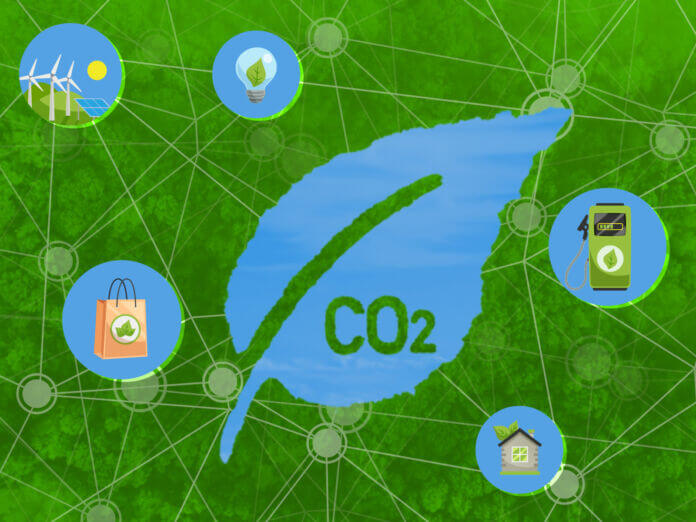
NTT – November 13, 2024
Collected at: https://www.iotforall.com/how-iot-can-aid-companies-falling-behind-on-emissions-targets
A recent sustainability study commissioned by NTT and conducted by ThoughtLab Group revealed some grim data points for global corporate emissions goals: 68 percent of survey participants self-reported being behind on their net-zero carbon emissions goals but additional analysis revealed the true number may be closer to 95 percent.
Why? Emissions reductions follow an S-curve rather than following a constant, steady improvement. Simply, emissions reduction occurs slowly initially as new corporate policies and programs are implemented. As these programs take effect, emissions reductions increase more quickly, but then the progress slows as companies begin to make significant gains toward their net-zero goals (Figure 1).

Yet, data analysis of this survey also provides reasons for optimism: of the 500 participating large enterprises (across industries, from automotive and industrial manufacturing to retail and consumer goods, to telecommunications and technologies, to healthcare and more), a select group of “leaders” not only remain on track to meet their net-zero carbon emissions goals—but to achieve their targets ahead of schedule.
Data shows the reasons these “leaders” stay ahead of “followers” are varied but that leaders’ use of advanced technologies like digital enterprise platforms, energy management tools, autonomous vehicles, robotics and digital twin computing and IoT plays a vital role. Specifically, 68 percent of leaders reported using IoT to achieve their net-zero goals, compared to 58 percent of followers. The report notes:
Another common technology is Internet of Things (IoT). Leaders harness IoT to monitor emissions, conserve water and energy, and create smarter buildings. For example, one U.S. technology company in our study reduces its carbon footprint by using self-sufficient electric sensors for monitoring normal day-to-day electrical appliances across its enterprise.
Investing in IoT technologies allows enterprises to monitor environmental factors across global operations. In manufacturing, warehouses, and fleets, IoT can track pollutants, resource use, energy consumption, and emissions.
Writing for IndustryWeek, IoT expert W. David Stephenson comments the IoT’s “potential to reduce global-warming emissions is impressive” and, citing a report from Ericsson, Stephenson notes, “IoT could reduce emissions by as much as 63.5 gigatons by 2030 if all industrial sectors participated aggressively.”
The Role of Photonics
Looking ahead, we can expect IoT technologies and systems to drive improvements in corporate sustainability efforts worldwide, with advanced networking infrastructure also playing a crucial supporting role. Consider: photonics.
According to the survey, 25 percent of leaders are already using photonic networks to achieve their net-zero goals, compared to only 11 percent of followers.

Photonics-based infrastructure is vital for global sustainability, using photons instead of electrons for ultra-fast, low-latency, lower-emission computing.
Photonics will help transform the internet—the all-important “I” in IoT—as we know it today. NTT’s All-Photonics Network (a part of the larger IOWN initiative for next-generation computing), for example, is targeting 100x power consumption efficiency, 125x transmission capacity and 1/200 end-to-end delay reduction.
IoT enables faster data collection and optimized analysis, providing real-time emissions insights crucial for AI-powered systems.
Looking to the Future
Enterprise net-zero programs need thorough global review, with no single solution ensuring most organizations meet their goals. Ultimately, increased budgeting, dedicated corporate sustainability teams, regulations and much more will all play important roles. At the same time, advanced technologies like IoT and photonics are essential for meeting these targets.

Leave a Reply